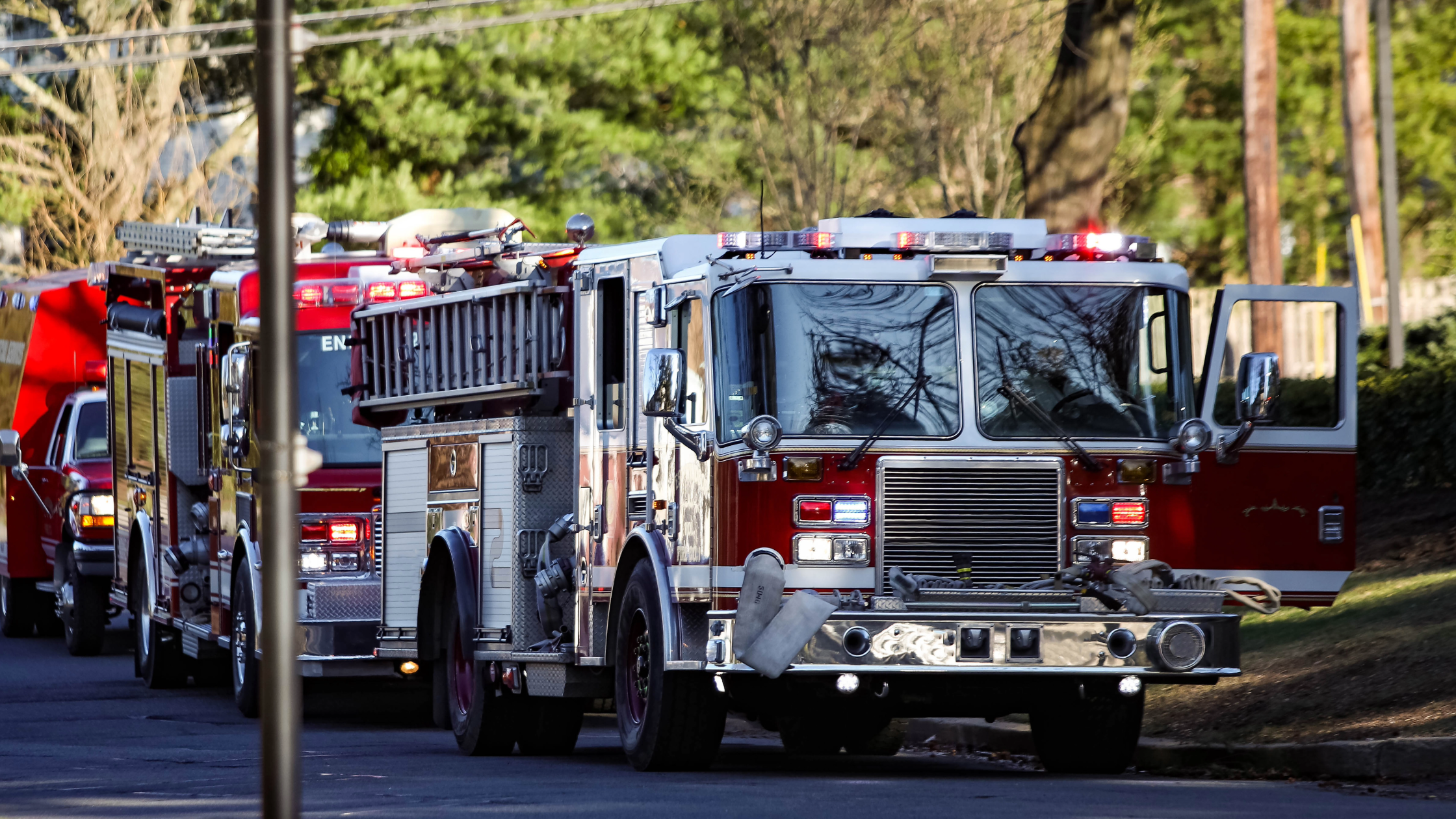Ask ResponderHelp.com – an emergency responder’s one-stop free resource
Cancer awareness has become a major topic in the fire service – and for good reason. The inhalation or ingestion of contaminants is known to be a significant exposure for firefighters, but many departments are still failing to help reduce these risks to the best of their abilities.
While the industry has improved with the use of respiratory protection during the free-burning phase of incidents, it’s equally important during the overhaul phase where combustion by-products can be even more prevalent.
If your department hasn’t revisited procedures for respiratory protection, reviewed SOGs for use of protection on the fireground, or completed an annual fit-testing of self-contained breathing apparatus (SCBA) to help assure a proper seal and reduce your exposure to injury and illness – here are a few resources to help you do so.
Respiratory protection resources on ResponderHelp.com include:
- Industry standards from the NFPA including 1404: Fire Department Respiratory Protection Training and 1500: Fire Department Occupational Safety, Health and Wellness Program
- Sample SOGs for fit-testing of protective breathing equipment, SCBA inspection log and SCBA medical evaluations
- Technical bulletins on SCBA facepiece sizing issues and maintenance best practices
Even the tiniest leak in your respiratory equipment can be dangerous – which is why small changes in your safety practices can make a big difference! For more questions, feel free to reach out to the VFIS Risk Management team!
What is ResponderHelp.com?
ResponderHelp.com is an online resource for emergency responders that offers a robust library of valuable resources and covers the topics that fire and EMS experts believe to be the biggest issues responders will face over the next 25 years. While other organizations charge for these resources, most are available for free to the users of our website.

This website was developed in celebration of the 50th anniversary of VFIS but offers content is sourced from a broad variety of dedicated industry specialists. We thank you for all that you do to help keep your community, team and yourself safe.
Michael Baker, Director of Risk Management for VFIS
DISCLAIMER
The information contained in this blog post is intended for educational purposes only and is not intended to replace expert advice in connection with the topics presented. Glatfelter specifically disclaims any liability for any act or omission by any person or entity in connection with the preparation, use or implementation of plans, principles, concepts or information contained in this publication.
Glatfelter does not make any representation or warranty, expressed or implied, with respect to the results obtained by the use, adherence or implementation of the material contained in this publication. The implementation of the plans, principles, concepts or materials contained in this publication is not a guarantee that you will achieve a certain desired result. It is strongly recommended that you consult with a professional advisor, architect or other expert prior to the implementation of plans, principles, concepts or materials contained in this publication.
This blog post may contain the content of third parties and links to third party websites. Third party content and websites are owned and operated by an independent party over which Glatfelter has no control. Glatfelter makes no representation, warranty, or guarantee as to the accuracy, completeness, timeliness or reliability of any third party content. References to third party services, processes, products, or other information does not constitute or imply any endorsement, sponsorship or recommendation by Glatfelter, unless expressly stated otherwise.
Related posts
We asked 10 members of our VFIS Team to name one auto-related risk that they believe is underdiscussed in fire and EMS agencies. Here’s what they said.
Most volunteer fire departments rely heavily on POVs, but there are inherent risks you should know.
Establish a Emergency Vehicle Operations Program that includes driver/operator requirements to help ensure your vehicles are in the right hands.








Submit a Comment